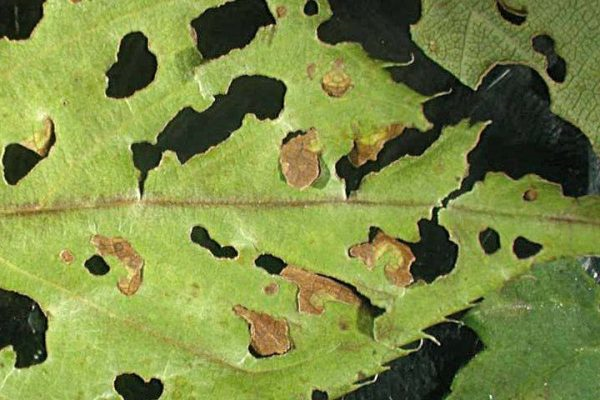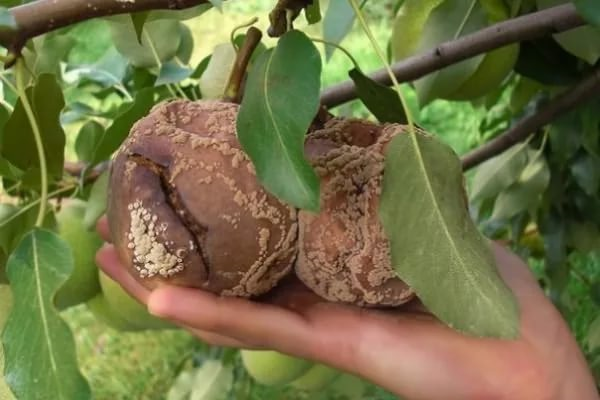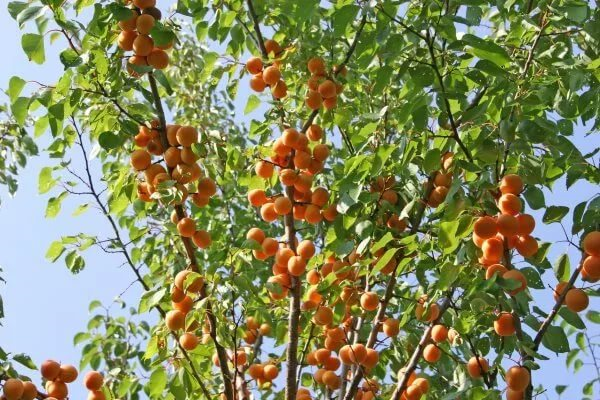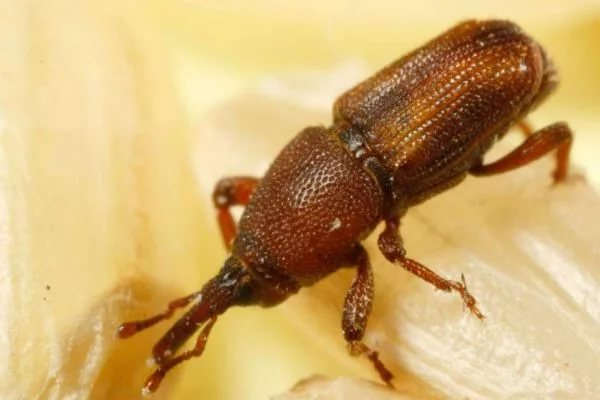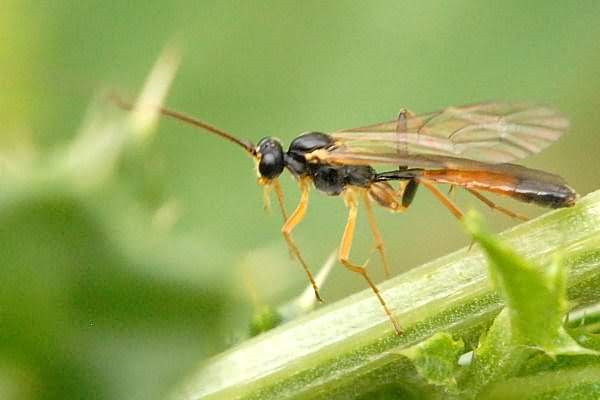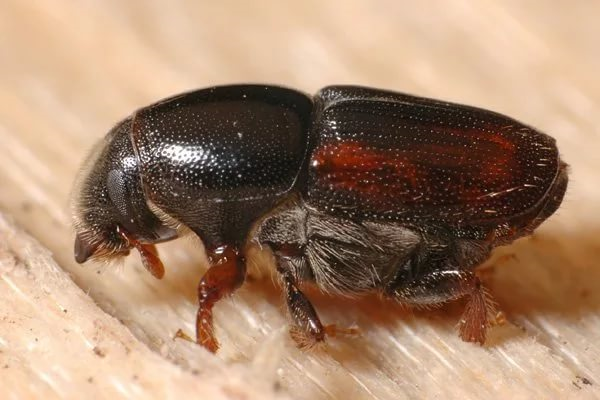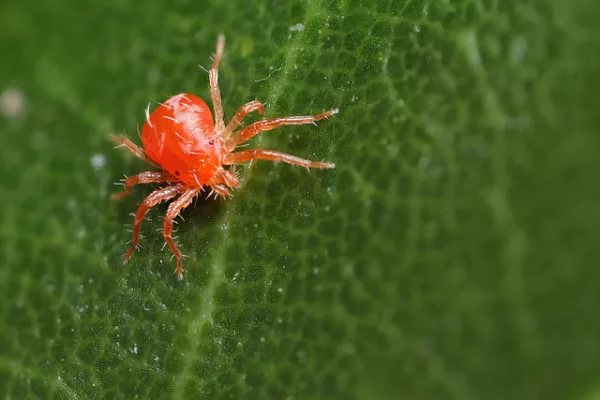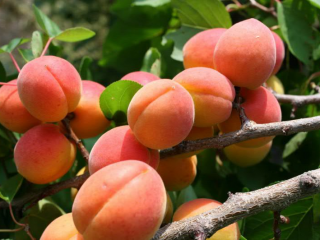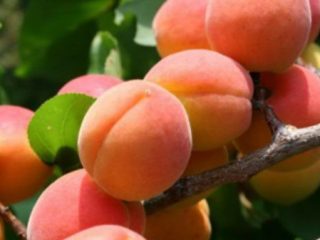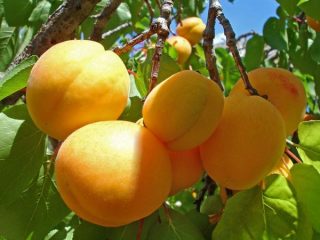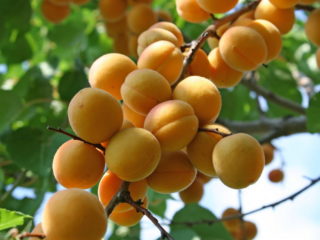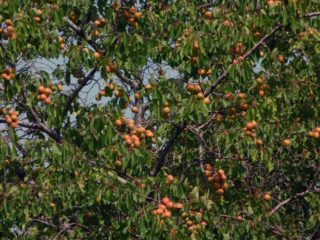Content
There are not very many varieties of apricots that can be grown even in Siberia and the Urals. The Snegirek apricot belongs to these varieties.
History of selection
This variety is not included in the State Register of Breeding Achievements of Russia. Therefore, the breeder who bred it is unknown.
Description of culture
Characteristics of the Snegirek apricot variety are tree heights up to 1.2-1.5 m. The trees are very resistant to frost, so they can be planted in the Moscow region, in northern Russia (only trees are covered for the winter), in the Leningrad region. The tree has a lifespan of more than 30 years.
Description of the Snegirek apricot - a creamy fruit with a burgundy blush. It's very resilient. The weight of the Snegirek apricot is 15-18 g. The pulp is very juicy and sweet. Presence of sugar 9%. Sometimes the fruit may taste slightly bitter near the skin. The bone is flat, it separates perfectly.
Photo of apricot variety Snegirek
Characteristics
This variety has the greatest frost resistance compared to other apricot varieties. Therefore, it can be planted even in the North of Russia.
Drought resistance, winter hardiness
Frost resistance of the Snegirek apricot - the tree can withstand frosts down to -42 degrees, as it has a thick bark. The tree is not drought-resistant and needs to be watered.
Pollination, flowering period and ripening time
The self-fertile apricot Snegirek blooms late, because of this, even if it falls under returning spring frosts, apricots will still set. This is a mid-late variety. Snegirek apricots ripen by mid-August.
Productivity, fruiting
It begins to bloom 5 years after planting the seedling. Snegirek apricots appear every year; there are no breaks between fruitings.
Although the tree does not exceed 150 cm, the yield of the Snegirek apricot is very high; 7-15 kg of apricots can be harvested from 1 tree.
Area of application of fruits
Snegirek apricots can be eaten fresh, made into compotes, or canned. Apricots are used to make preserves, jams, wine and tincture.
Resistance to diseases and pests
The variety is not resistant to moniliosis and leaf spot.
The crop can be attacked by insects - hawthorn butterflies, weevils, yellow plum sawflies, sapwood, geese, mites, ringed silkworms, leaf rollers, codling moths. Plants are also affected by aphids and fruit striped moths.
Advantages and disadvantages
Advantages of the variety:
- trees grow in any soil;
- have good productivity;
- tolerate frosts calmly;
- Snegirek apricots can be stored until January;
- transportable.
Disadvantages of the variety:
- the variety can suffer from moniliosis and leaf spot;
- apricots Snegirek small size.
Landing Features
The groundwater level should be no higher than 2.5-3 m. It is better to dig a hole a few weeks before planting so that the soil has time to settle.
Recommended timing
It is recommended to plant a tree on the site at the end of April. This must be done before the buds begin to awaken, that is, before the start of the growing season, so that the plant does not experience unnecessary stress.
Choosing a suitable location
Growing apricot Snegirek begins with selecting a site; it should be well lit and protected from the north wind. Trees prefer soil with neutral acidity. In the fall, the soil is dug up and fertilizers are applied depending on the type of soil. If the soil on the site is chernozem, then scatter a bucket of humus, 30 g of superphosphate, and 30 g of potassium sulfate per 1 m².
If the soil is sandy loam or sandy, then peat is added to the above fertilizers. But in addition to fertilizers, sand and sawdust are added to the clay.
If the soil is soddy-podzolic, then first 450 g of dolomite flour or fluff lime is scattered onto it per 1 m², and after 2 weeks organic matter is added - humus or rotted manure, mineral fertilizers - phosphorus, potassium.
The soil must have excellent drainage, as the rhizome requires a good supply of oxygen and nutrients. In the spring, you first need to dig a planting hole. And pour small crushed stone, expanded clay, broken brick, and gravel onto its bottom.You should also mix the excavated soil with wood ash and ammonium nitrate and place it at the bottom of the hole. And then add a layer of soil without fertilizers.
What crops can and cannot be planted next to apricots?
Next to the apricot you can plant flowers that bloom very early. For example, primrose, tulips, daffodils.
It is better not to plant other crops next to apricot, as the tree greatly depletes the soil.
Selection and preparation of planting material
When purchasing, you should pay attention to the fact that the seedling is healthy and strong, its roots should not be damaged. It is better to purchase trees in specialized stores. An annual tree takes root most easily. If damage is visible on the roots, they are cut off with a sharpened knife. Before planting, you can put the roots in water for 2-3 days. Next, they are dipped in a mixture of liquid manure and black soil.
Landing algorithm
Holes are dug, maintaining a distance of 2 m between them. The planting hole should have a diameter of 50 cm and a depth of 80 cm. Fertile soil is poured into the hole in a cone. They drive in a stake. Fill the hole 1/2 full with water. They plant a seedling. Straighten the roots. Sprinkle with earth. The height of the graft should rise 3 cm from the surface. After 5 days, the tree is tied to a stake.
Subsequent care of the crop
Formation of trees
In the second year, 5-6 strong shoots are left, the rest are cut off. The remaining skeletal branches are cut so that they are 2 times shorter.
Top dressing
In the second year of growth in the spring, the tree is watered with solutions of nitrophoska or ammonium nitrate, or mullein solution. Feed once every 14 days until summer. In June and July, solutions are made with superphosphate and potassium sulfate.
Watering
The tree can easily tolerate elevated air temperatures, provided there is sufficient soil moisture. After planting, a small mound of earth is placed around the tree. Water the young tree once every 10-14 days. But you don’t have to water it if it rains all the time.
An adult apricot is watered at the beginning of flowering, then during the active growth of shoots in May, and a third time half a month before the apricots ripen. Then in the fall, moisture-recharging irrigation is carried out.
Preparing for winter
If trees grow in the north, then for the first 2-3 years they are covered for the winter. First you need to trim off dry leaves and broken, diseased shoots. The branches should be leaned against the trunk and tied with rope. Next, a canvas bag is placed on top of the tree. Humus and straw are placed in the area around the tree trunk. Early in spring the bag is removed.
Photo of an adult apricot tree Snegirek
Diseases and pests, methods of control and prevention
Apricot diseases
Name of the disease | Symptoms | Prevention | Control measures |
Monilial burn (this is the spring form of moniliosis) | The flowers begin to rot and turn brown. Also, with strong spread, the wood becomes brownish and then dies. The foliage turns brown and stiff, but remains hanging. Cracks are visible on the thick branches, and gum oozes out of them. | In the spring, if it rains often, then spray with Xopyc 75WY. At the end of autumn the trunks are whitened. In autumn, after harvesting fruits and in winter, trees are sprayed with Bordeaux mixture. Collect and burn fallen leaves. | Sick branches and flowers are cut off. Spray the tree with Bordeaux mixture (3%) or copper oxychloride (0.9%). |
Fruit rot (this is a summer form of moniliosis) | A small brownish spot is visible on the apricot, then it enlarges and spreads to the entire fruit. | After collecting the fruits, they are sprayed with copper oxychloride. | |
Brown leaf spot | At first, small yellowish spots are visible on the foliage, gradually they grow. The leaves dry out and fall off. | Remove diseased foliage. Spray the soil near the tree with copper sulfate (1%) or Nitrafen. | |
Hole leaf spot | Small light brown spots are visible on the foliage. Then these places dry out and fall out, holes appear on the leaves. Growths appear on the trunk, and gum flows out of them. | Treat in early spring or after harvesting the fruits with a solution of copper sulfate (1%) or other compositions that contain copper. | |
Leaf curl | Reddish, yellowish, orangish bubbles appear on the foliage. | From early spring until the beginning of flowering, the tree is sprayed with Bordeaux mixture every 15 days. | Also treated with Bordeaux mixture. |
Scab | Scab starts from a fungus. After fruit sets, dark green round spots appear on the foliage, then they change color to grayish-brown. When the spread is severe, the tree sheds its dried leaves. The shoots also become sick, dry out and fall off. Apricots have brownish or grayish spots. |
| Cut off the affected leaves and shoots. |
Verticillium | The disease appears in June, the foliage turns yellow, fades and falls off. To accurately determine the disease, cut the branch and cut it. On the wood you can see light brown or dark brown spots that have an irregular shape. | You cannot plant trees in the area where potatoes, tomatoes, and strawberries previously grew. | |
Cytosporosis | The tips of the shoots turn brown, spots are visible on the bark, and the foliage withers. As a result, the main branches and the entire tree may die. | Apply garden varnish to all wounds. | |
Fusarium | Initially, brownish-gray spots form on the foliage; they are somewhat depressed. Afterwards, spots appear on apricots. The disease appears from an infection that is in the ground. | In autumn, fallen leaves are collected and burned. |
Apricot pests
| Pest name | How to detect | Prevention | Control measures |
| Hawthorn butterflies | Its caterpillars eat foliage and can be detected by holes in the leaves. | In the fall, you need to collect fallen leaves, trim broken, diseased branches, and constantly pull out weeds, burn it all. In spring and autumn, whiten the trunks. | Trees are sprayed with insecticides Chlorophos and Phosfamide. |
| Weevils | You can find small bright green or blue bugs on the tree. | Apricots are sprayed with Inta-Vir. | |
| Yellow plum sawfly | The insects themselves are yellowish-brown, and their caterpillars also cause great harm to apricots. | ||
| Sapwood | These are small (4 mm) dark brown bugs that damage the bark and branches. | Trees are sprayed with Chlorophos or Metaphos. | |
| Goose | This is a small bug with a dark trunk. The female lays eggs in apricots. | Before the buds begin to bloom, you can spray with Karbofos, Metafos, Actellik. | |
| Ticks | They can be detected by the fact that the foliage turns silvery. | Before the buds open, the tree can be sprayed with Nitrafen. When buds appear, spray with colloidal sulfur. | |
| Ringed silkworm | Their caterpillars are capable of chewing off all the foliage. | ||
| leaf roller | This small moth eats leaves. | After collecting the fruits, the tree is sprayed with Chlorophos solution. | |
| codling moth | Also a small butterfly (1.5-2 cm). The female lays eggs in the ovary in June. | After harvesting the apricots, they are sprayed with Chlorophos solution (2%). Before harvesting the fruits, pour 1 kg of table salt into a bucket of water and spray the plantings. | |
| Aphid | These are tiny black insects that can be seen on the underside of leaves. | Before fruiting begins, you can spray the crop with Fitoverm. | |
| Fruit striped moth | Its caterpillars gnaw off buds and shoots. | Before the buds open, spray the plant with Chlorophos. |
- Hawthorn butterfly
- Weevil
- Yellow plum sawfly
- Sapwood
- Mite
Conclusion
Apricot Snegirek can be planted even in the north, as the tree can withstand temperatures as low as 42 degrees. In early spring, the crop is sprayed with Bordeaux mixture, and after harvesting the apricots, it is treated with copper chloride, since the variety is not resistant to leaf spot and moniliosis.
Here in the video you can see how to grow apricot trees in Siberia:

